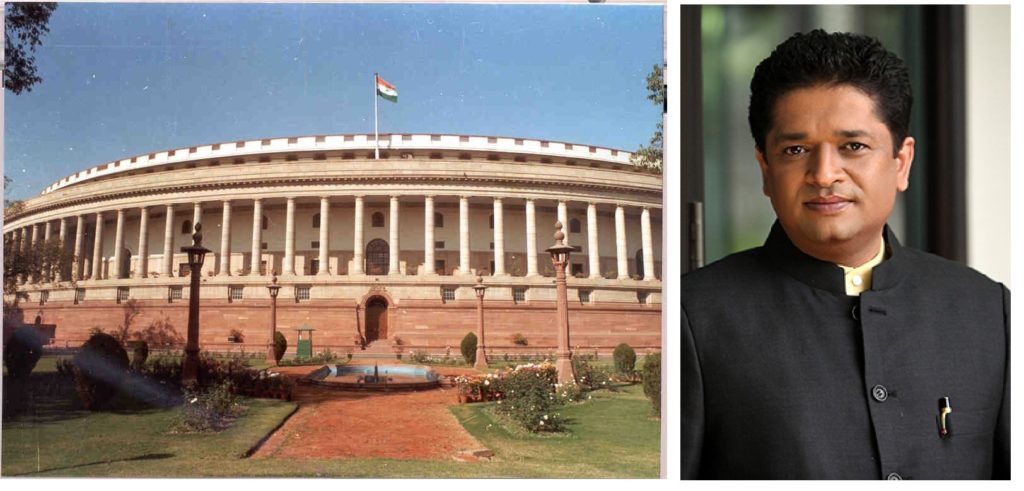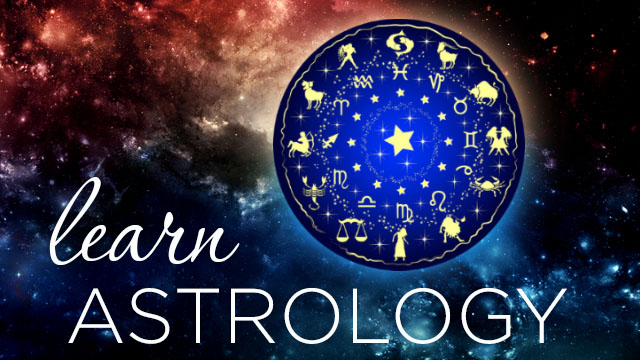Vastu Shastra literally translates in English as ‘The Science of Architecture’. It is a Sanskrit word in which ‘Vastu’ means a ‘dwelling’ or a ‘house’ and ‘Shastra’ means ‘a doctrine’. It is an ancient Hindu system of architecture which defines rules and principles for designing and constructing concrete spaces.
Any architect who would follow the principles of Vastu Shastra would consider several aspects such as the layout, the spatial geometry and directions of doors and windows of a building. The aim of Vastu Shastra is to integrate the concrete structures with the nature around it in such a way that the inhabitants are connected to their environment benefitting from it.
To achieve that, Vastu Shastra integrates the concept of symmetry and geometric patterns with architecture. It is important to note here that Vastu Shastra merely sets down a set of ideas and concepts to be followed in designing of living spaces. Hence, it is not a rigid code but a helpful guideline.
The texts of Vastu Vidya are called Vastu Shastra. Vastu Vidya is the base on which the texts of Vastu Shastra are built. The concept of Vastu Shastra was highly prevalent in ancient India and was dutifully followed in the construction of temples, houses, palaces and public utility buildings.
As per historians like James Fergusson, Vastu Shastra developed into a doctrine in the 6000 BC. The ancient Indian civilizations like the Mohenjodaro civilization and the Harappa civilization are great testimonies to the concept of Vastu Shastra.
There were several Vastu Shastra manuals written and followed during those times for building and construction. For example, the Silpa Prakasa written by Ramacandra Bhattaraka Kaulacara in the 9th or the 10th century AD is a book on Vastu Shastra. Another example is the book called Prasadamandana written by Sutradhara Mandana on the principles of town planning.
During the modern period, the Britishers did not utilize Vastu Shastra concepts as they considered them to be archaic. However, another important reason for ignoring it was the lack of accessibility to the texts which were in ancient languages unknown to the British architects.
However, Vastu Shastra continued to stay around and in modern times famous architects like Charles Correa and Khushdeep Bansal have implemented its principles in their works. The Jawahar Kala Kendra in Jaipur and the Parliament of India in New Delhi are some of their works where they have used the Vastu principles. According to Klaus-Peter Ghast, Vastu Shastra is seeing a revival in India as it is being applied to buildings and complexes.


However, it continues to be riddled with some controversies. There are some misconceptions regarding the principles and practices of Vastu Shastra. Below are the three main misconceptions about it.
- Vastu Shastra is the Same as Feng Shui
Vastu Shastra is set in Vedic times and is thousands of years older than Feng Shui. Feng Shui is the practice of maintaining a balance of the cosmic energy around us through the elements of water and wind to achieve harmony in life. Vastu Shastra is a set of regulations and considers a house to be a living soul. It is a system of knowledge for constructing structures. Feng Shui is a method of achieving synchronization in our habitat.
- Vastu Shastra Can Be Implemented in Standalone Houses and not in Individual Apartments
Critics believe that because Vastu Shastra is a science for designing of buildings, it is impossible to implement in already existing living spaces like a ready to move in apartment. While it does have its limitations, however experts believe that several ideas can be implemented in existing spaces as well.
You may change the alignment of objects and entrances or make minor structural changes to your house as per Vastu principles. Vastu experts suggest space programming to negate the effects of Vastu related flaws in an existing dwelling. For example, creating a puja area in the north-east portion of the apartment or placing a Ganesh symbol in front of the main door while entering the house to correct the energy flow in the house.
- The Main Entrance of the House Should be East
One of the most common and widely prevalent misconceptions in the field of Vastu Shastra is that the main entrance to a house should always open in the east direction. If you look into the classifieds section of any newspaper, you will find many advertisements highlighting this feature. In fact, sometimes house owners with an east facing house may demand more rent due to this. The lack of this feature is said to cause turbulence in the lives of the residents.
As per modern day Vastu experts like Khushdeep Bansal, this is not true at all. The reason behind preference of east-facing entrance is the fact that the Sun rises in the east and you can benefit from the early morning rays of the Sun coming through the entrance.
Keeping this in mind, even a big window opening in the east direction may serve the same purpose instead of having an east-facing door and keeping it closed, in which case the direction of the door will be completely pointless.
Vastu Shastra is an ancient Vedic practice continuing over thousands of years. Therefore, it is important that you see its principles in the context of modern times and apply it accordingly. Only then you might be able to make proper use of this practice.
Images are taken from here and here.









